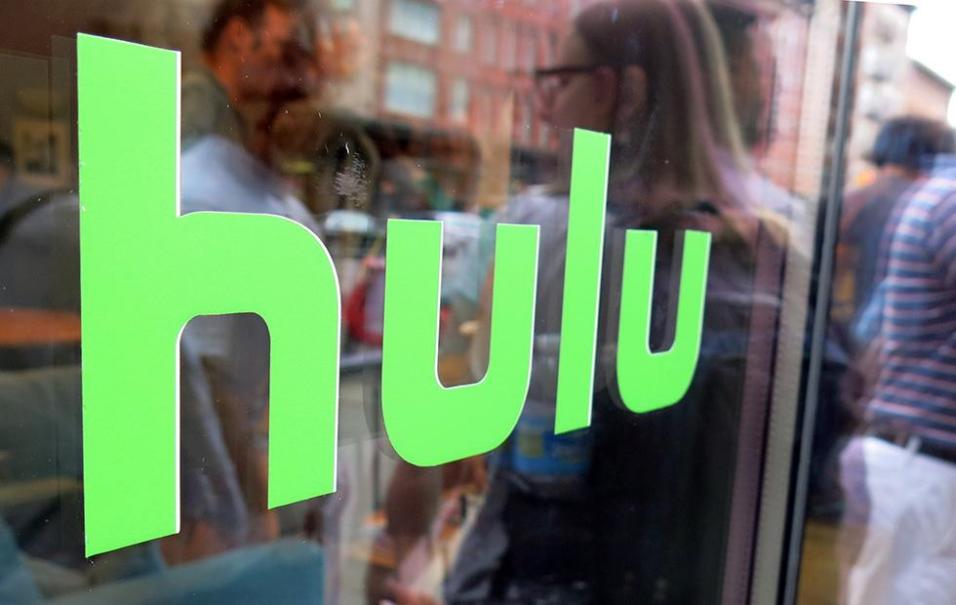Behind the Scenes of Video Streaming: Unraveling the Magic of Hulu
In the era of digital entertainment, video streaming services have revolutionized the way we consume content. Among the leading players in this arena, Hulu stands out with its vast library of movies, TV shows, and original programming. But how does Hulu work its magic, delivering seamless streaming experiences to millions of users?

I. The Mechanics Of Hulu's Streaming Service
Content Acquisition:
- Hulu secures licensing agreements with content creators, including studios, networks, and independent producers.
- Exclusive content plays a crucial role in attracting and retaining subscribers, giving Hulu a competitive edge.
Content Distribution:
- Hulu's infrastructure relies on data centers, servers, and content delivery networks (CDNs) to deliver content efficiently.
- CDNs ensure fast and reliable streaming by caching content closer to users' locations.
- Hulu optimizes streaming quality by adjusting video bitrates based on internet speed and device capabilities.
II. The User Experience:
User Interface And Navigation:
- Hulu's user interface is designed for ease of use, with intuitive navigation and personalized recommendations.
- Content is organized into categories, genres, and collections, making it easy for users to find what they want.
- Innovative features like "Continue Watching" and "My Stuff" enhance the user experience by tracking viewing history and preferences.
Streaming Quality And Formats:
- Hulu supports various video and audio formats, including HD, 4K, and surround sound.
- Streaming quality is influenced by internet speed and device capabilities.
- Hulu provides tips for optimizing streaming performance, such as using a wired connection and closing unnecessary applications.
III. Monetization And Revenue Streams:
Subscription Models:
- Hulu offers various subscription plans with different pricing structures, catering to diverse user needs and budgets.
- Plans range from basic ad-supported tiers to premium ad-free options.
- Hulu occasionally offers special promotions and discounts to attract new subscribers.
Advertising:
- Hulu generates revenue through advertising displayed during commercial breaks in its content.
- Ads are targeted to specific audiences based on viewing history, demographics, and other factors.
- Hulu's advertising platform allows advertisers to reach a large and engaged audience.
IV. The Future Of Hulu And Video Streaming:
Technological Advancements:
- Emerging technologies like virtual reality (VR) and augmented reality (AR) may revolutionize video streaming.
- VR and AR could offer immersive viewing experiences, taking entertainment to new heights.
- Advancements in content creation and distribution could further enhance the streaming experience.
Market Trends And Competition:
- The video streaming landscape is highly competitive, with new entrants and changing consumer preferences.
- Hulu must adapt to evolving market trends and differentiate itself from competitors to maintain its position.
- The future of video streaming lies in innovation, personalization, and the ability to deliver exceptional user experiences.
V. Conclusion:
Video streaming services like Hulu have transformed the entertainment industry, providing instant access to a vast world of content. Hulu's success lies in its strategic content acquisition, efficient distribution infrastructure, user-friendly interface, and diverse monetization strategies. As technology continues to advance and consumer demands evolve, Hulu and other streaming platforms must adapt and innovate to stay ahead in the ever-changing digital landscape.
Thought-provoking question: With the rise of streaming services, will traditional cable and satellite TV eventually become obsolete?
YesNo

Leave a Reply